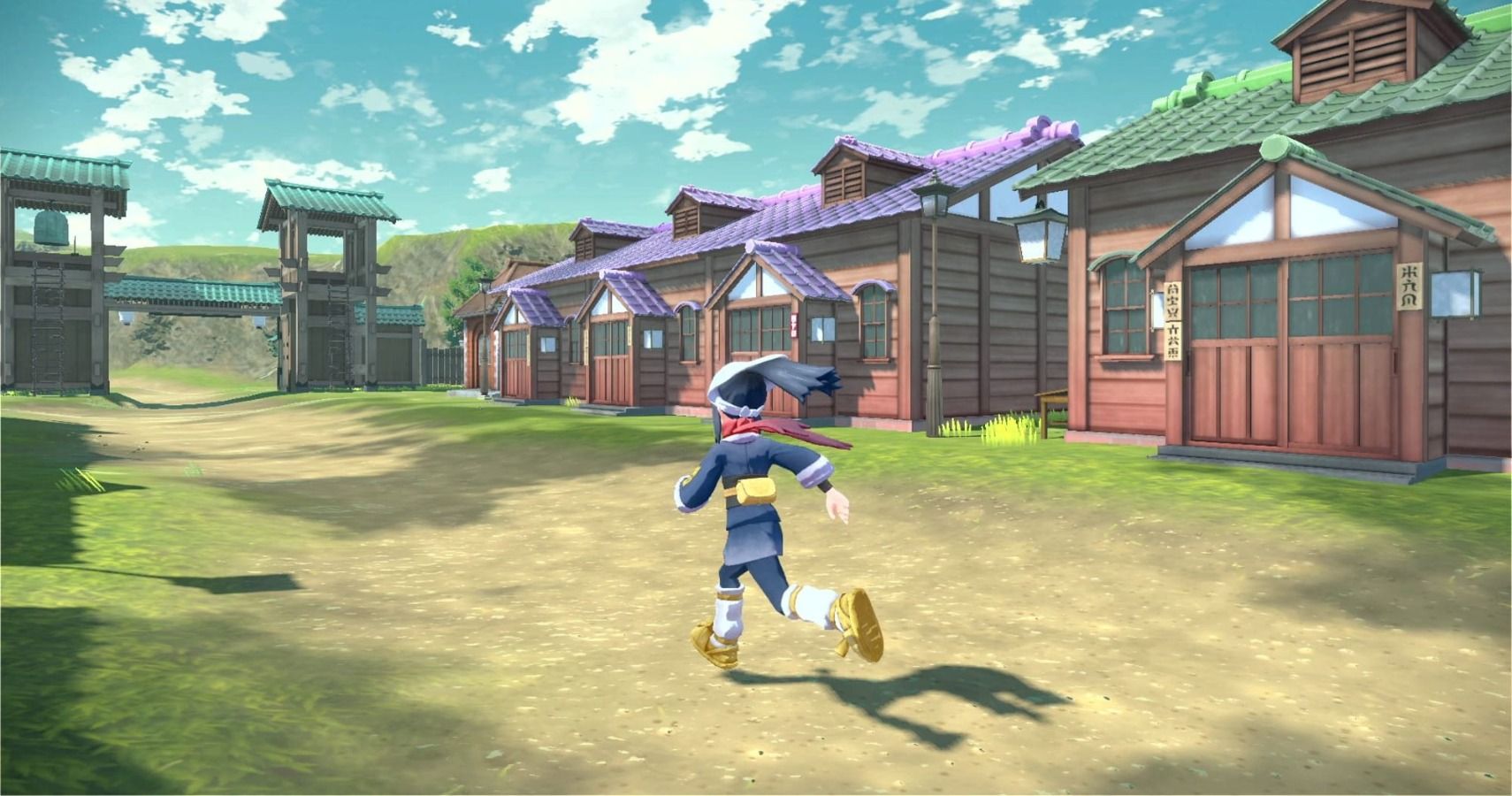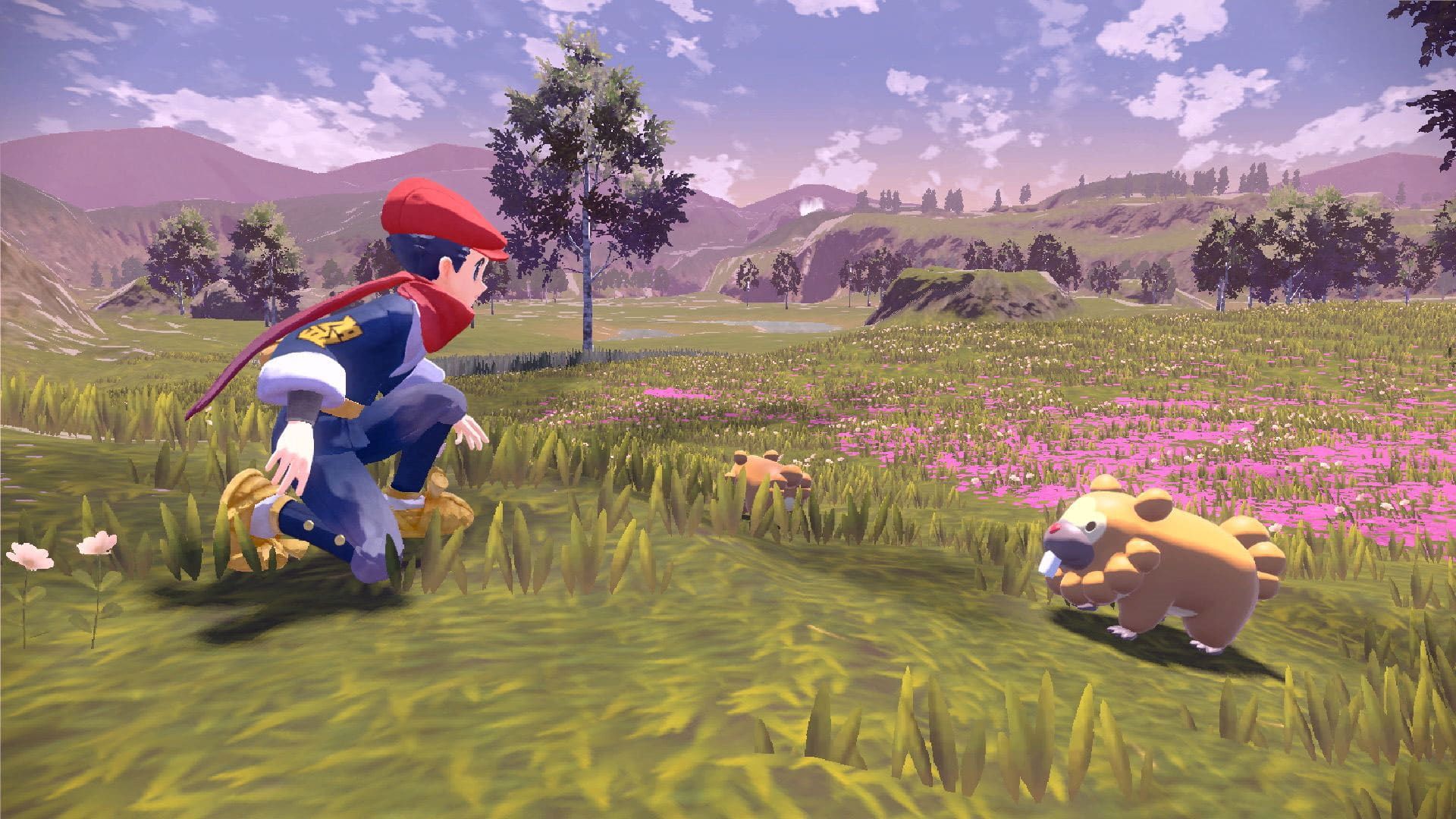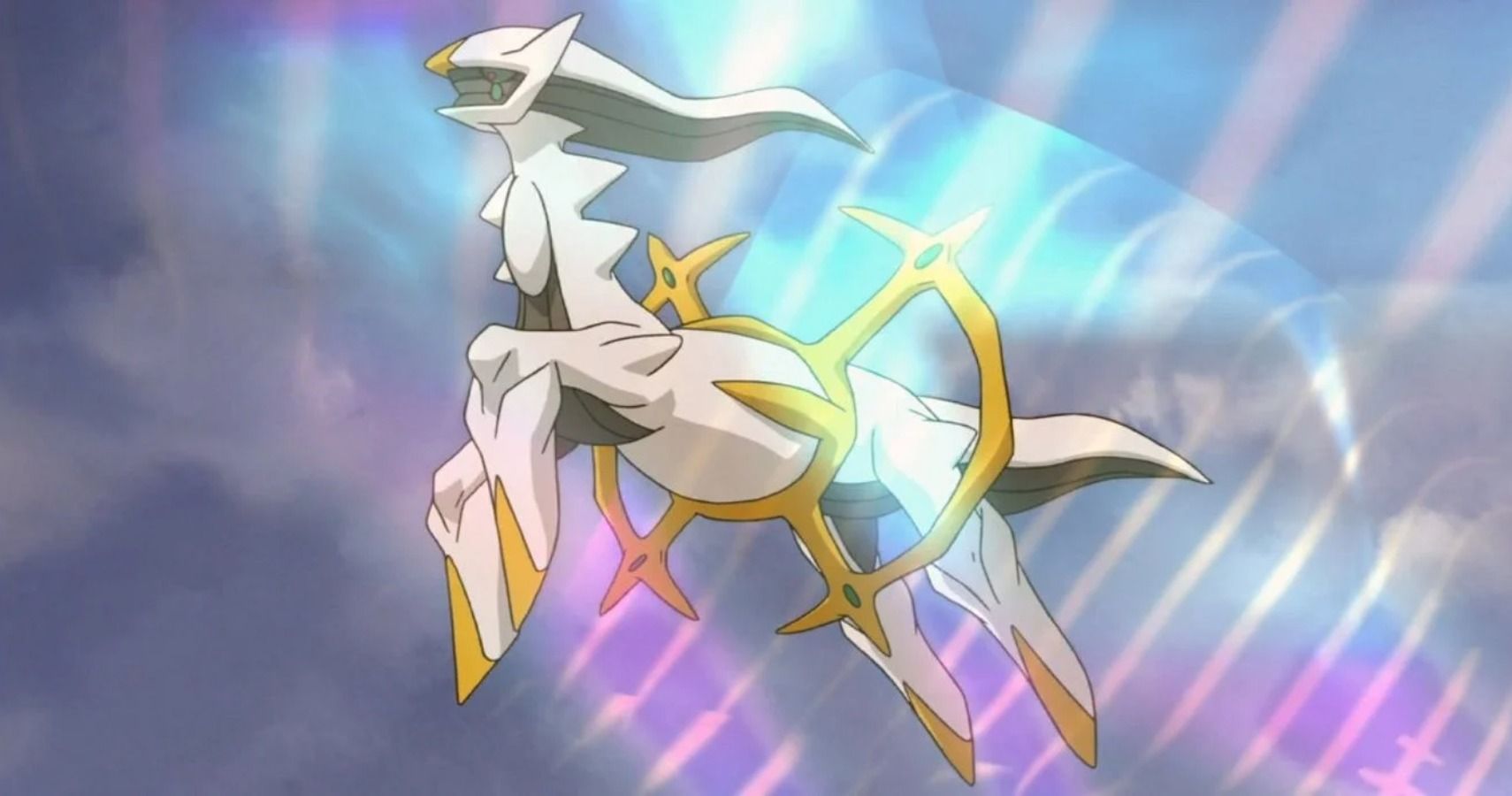A couple of years ago I sat down for sashimi and an ice cold pint of Asahi in Kyoto. It was 11am, but I was on holiday - if I want to eat raw tuna with a lovely glass of draught beer I’m perfectly within my rights to do so. After finishing our meal, my friend and I went for a stroll around the city. The buildings were grey but gorgeous, small but striking, and mundane but magical. After considering what made this hodgepodge mix of juxtaposition possible, let alone palpable, I eventually settled on an answer: this particular part of Kyoto was just like Pallet Town.
But Pallet Town is not inspired by anywhere in Kyoto. Despite being located in the same geographical position as Shimoda City in Shizuoka Prefecture, Ash Ketchum’s little village is based on Machida, Tokyo, the hometown of Pokemon creator Satoshi Tajiri. It’s not that the buildings I saw in Kyoto were directly responsible for any specific Pokemon location - it’s that they had that sense of communal smallness that imbues all of the self-contained routes, rivers, and residences of the series with a sort of larger than life magic.
Pokemon Legends Arceus is due to be the first ever bona fide open-world Pokemon game, iterating on the formula experimentally introduced in Sword & Shield’s Wild Area and perfected in the Crown Tundra. While it may seem tempting to look to Motostoke City or Wyndon as being exemplary of how far Game Freak can take an open-world setting, I think it’s far more worthwhile to look to the tiny glacial village of Freezington. For all of Sword & Shield’s skyscrapers, its most affecting and memorable locations are always those that don’t scream corporatocracy or roboticism. Unlike its gargantuan metropolitan counterparts in Galar, Freezington is focused and homely, but also made inherently mysterious through the use of folklore and small town history - the same can be said for places like Ballonlea and the surrounding Glimwood Tangle.
Freezington captured two distinct atmospheric conditions that are key to exuding the magic of Pokemon: a small, tight-knit community, and a strikingly gorgeous environment. Before you accuse me of being a stupid genwunner, allow me to point out that, actually, Gen 7 understood this better than pretty much any other generation to date, with locations like Kala’e Bay and Paniola Town being some of the best Pokemon locales ever designed. Gens 2 to 4 did a pretty good job too - although I like Gen 5, particularly its gym design, I hated stuff like Castelia City, which lifted me right out of the world. Cities can be done right in Pokemon for sure - Sootopolis is amazing, despite not technically being a massive metropolis, and Goldenrod has a kind of charm that even supersedes Saffron. But the Unova cities are based on New York instead of Tokyo or Hokkaido, which leaves them far less room for quietness. I’m a big fan of Gen 5 places like the Dreamyard and N’s Castle is astonishingly good, but overall the games feel a bit too loud for me, as if hi-tech architecture and noisy exposition detract from the overall experience of sharing an odyssey with your ‘mons.
This is where Legends Arceus comes in. Given that it’s set in Gen 4’s Sinnoh, it will likely once again be based on Hokkaido, albeit a historical version of Japan’s northernmost prefecture. Given the lack of technology here - I wonder what will happen to ‘mons like Rotom, eh? - it will already be a far quieter and more sober adventure than some of the series’ modern instalments, although what I’m most excited about is that return to smaller, denser towns. I mean, one of my favourite areas in Gen 8 was Hulbury, which barely had anything aside from a gym and a mysterious lighthouse. Whether or not Legends Arceus has gyms is anyone’s guess - I assume it has some form of competitive battling structure - but it’s this kind of vague mystery designed to invite interpretation that makes areas like Cerulean Cave, the Tin Tower, and Wela Volcano Park so inherently special. Not towns, no, but ambiguous locations informed by the residential areas surrounding them, much like the Crown Tundra’s relationship with Calyrex and mythology.
Some of you are excited about Legends Arceus because of its ability to adopt Breath of the Wild-esque systems, while others such as our very own Stacey Henley hope it ends up being more like Genshin Impact. Personally, I want it to focus on the same smallness and ambiguity that made the game special, to ditch the snazzy sheen of capitalistic skyscrapers that scream narcissism in a fictional world that’s supposed to be about harmony. No matter how good Pokemon Twilight Wings’ depiction of Galar is, it’s fairly weird to see Corviknight taxis flying above buildings that almost certainly have seven helipads. This is a series that has always been better for its juxtaposition of a clear focus with just enough mystique to blur the lens and let your imagination roam free - in a game as roaming and freeing as Legends Arceus looks to be, I can only hope that Game Freak remembers what makes Pokemon enchanting, and what makes it just another take on grossly oversized megastructures that will probably get knocked down for hotels in a couple of years.



